State Police Crime Lab Tour: Ballistics
/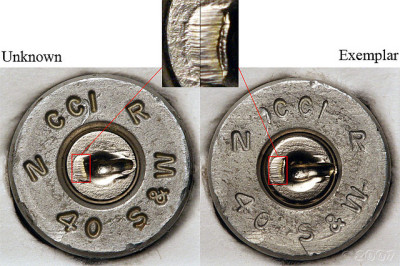
In this final installment of my tour of the Springfield Massachusetts State Police crime lab, we’re going to cover ballistics. Lieutenant John Crane was our guide through the world of ballistics, which was an eye opener for me and my daughters who are all gun control-loving Canadians. In fact, when we told Lieutenant Crane that we’d barely ever seen guns and had certainly never held one, he immediately handed us several different ones. Maybe not a big deal for the Americans in the crowd, some of whom consider guns a daily part of life, but it definitely was a surreal experience for us!
Ballistics:
- The ballistics division has three primary roles:
1) Respond to shootings, reconstruct the scene, and collect all firearms’ evidence.
2) Test evidentiary firearms.
3) Compare fired items.
- A ballistics officer will go to a victim’s autopsy to retrieve the evidence as it’s removed from the body. This maintains chain of custody.
- The unit responds to all suicides by firearms simply for practice and to learn new ways for bullets to behave inside the human body.
- Springfield has a population of 150,000. There is approximately 1 gun crime/week, and 15 - 20 murders/year are gun related. This number would be higher, but Springfield is home to one of the country’s top trauma hospitals (Bay State) and they save many victims who would likely die in other locations.
- The National Integrated Ballistics Information Network (NIBIN) is the AFIS equivalent for cartridge cases. It helps identify the cartridge, but it doesn’t actually put the gun in any one individual’s hands, so it has limited use.
- There is only a 3% chance of successfully identifying a fingerprint from a gun. It is not possible to pick up a print from the textured grip, only from the barrel or the magazine. But the hot gases produced during firing can destroy the fingerprint and will absolutely destroy any DNA that might be on the firearm.
- The ballistics division has three different ways to test-fire a gun for comparison of either the bullet or casing to the recovered evidence:
1) The snail—a very large metal box with an inner, snail-like curl. The bullet is fired into the box and circles through the curl to fall out, spent, at the end. The bullet gets flattened and is of no use for comparison, but the cartridge pops clear, so this is an excellent method for cartridge matching.
2) The water tank—a ten-foot long metal box filled with water with a firing tube at one end. Bullets up to .50 caliber can be fired into the tank, but hollow points bullets can’t be tested since they break apart only a foot or so into the tank. Otherwise, it’s an excellent firing tool for most handguns. Most bullets only go a few feet into the tank before falling to the bottom. Advice from the ballistics officer, Lieutenant Crane—if you’re being shot at, jump into the nearest body of water because it’s like firing into cement. (Jen’s aside—Mythbusters has confirmed this).
3) The cotton box—an eight-foot long metal box filled with rolled cotton, separated in one-foot dividers of cardboard, and with a firing tube at one end. When a bullet is fired into the box, it spins through the cotton, picking up strands until it becomes enmeshed in a ball of cotton and stops. When the bullet is retrieved, it’s in absolutely pristine condition for direct comparison. This is the only way to test fire hollow point bullets.
- The ballistics officers use a two-headed Olympus microscope with an attached digital readout for performing evidentiary comparisons (see above photo). Lieutenant Crane was kind enough to go through a comparison for us and even showed us the evidence from a fatal shooting just the week before. When comparing evidence, officers like to have two different areas of agreement, but one extremely strong area of agreement will be sufficient if that’s all they can get. A minimum of two people have to check the evidence to agree with the match.
All in all it was a fascinating tour and I definitely got some new ideas for upcoming novels. Thank you once again to Detective Lieutenant Holleran, Sergeant Heffernan and Lieutenant Crane for taking the time to introduce us to their real world forensics!
Photo credit: Jack of Spades
The Seymour Agency’s 1st Literacy Fundraiser:
We at the Seymour Agency are raising money throughout September for #LiteracyMatters. Stop by the agency blog for our auction of great prizes such as signed books, swag, professional editor calls, and manuscript critiques: http://seymouragency.blogspot.ca/; all money raised will go to support the Southwest Florida Literacy Council Gulf Coast. Bidding goes from September 1 – 30, 2014, so don’t miss out on these great prizes. I’m donating signed hardcover copies of DEAD, WITHOUT A STONE TO TELL IT and A FLAME IN THE WIND OF DEATH. And, as an extra bonus, the lucky winner will also get a hot-off-the-presses advanced reading copy of TWO PARTS BLOODY MURDER, which won’t be available to the general public until February of 2015. Want to find out what happens next with Matt and Leigh? Sto by http://seymouragency.blogspot.ca/2014/09/auction-item-36-jen-j-danna-books.html and bid for your chance to find out long before everyone else. So I hope to see you all bidding in September!


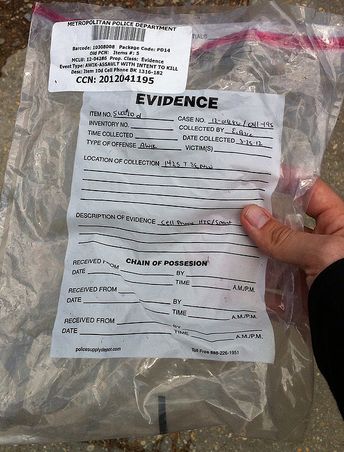





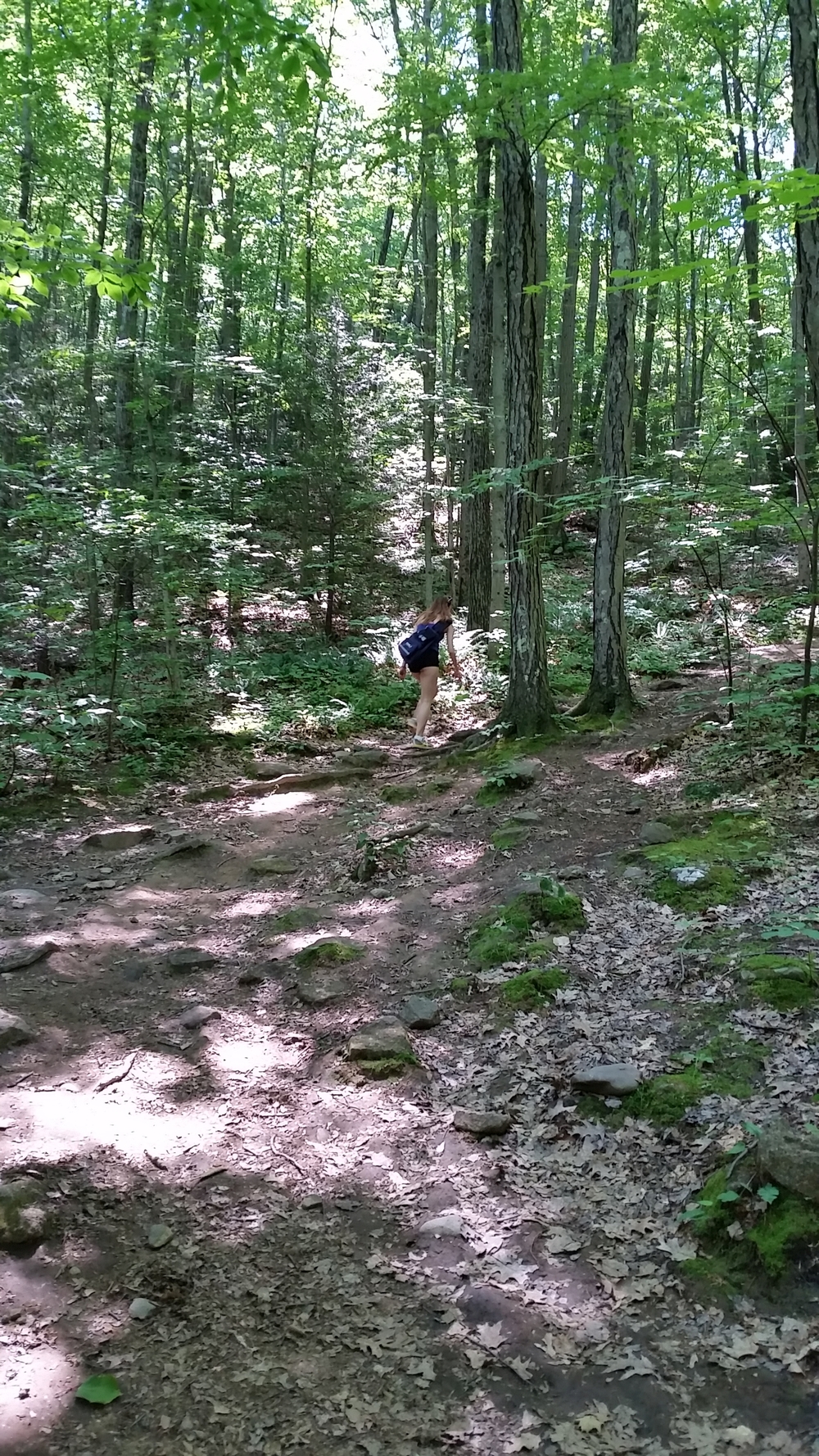
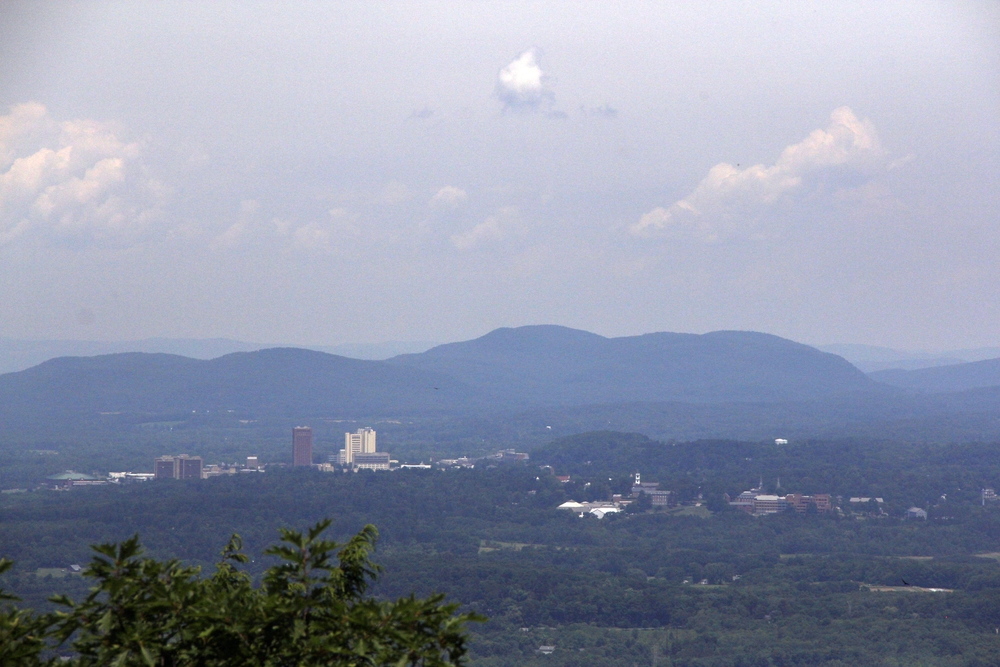







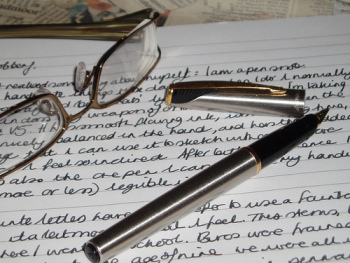
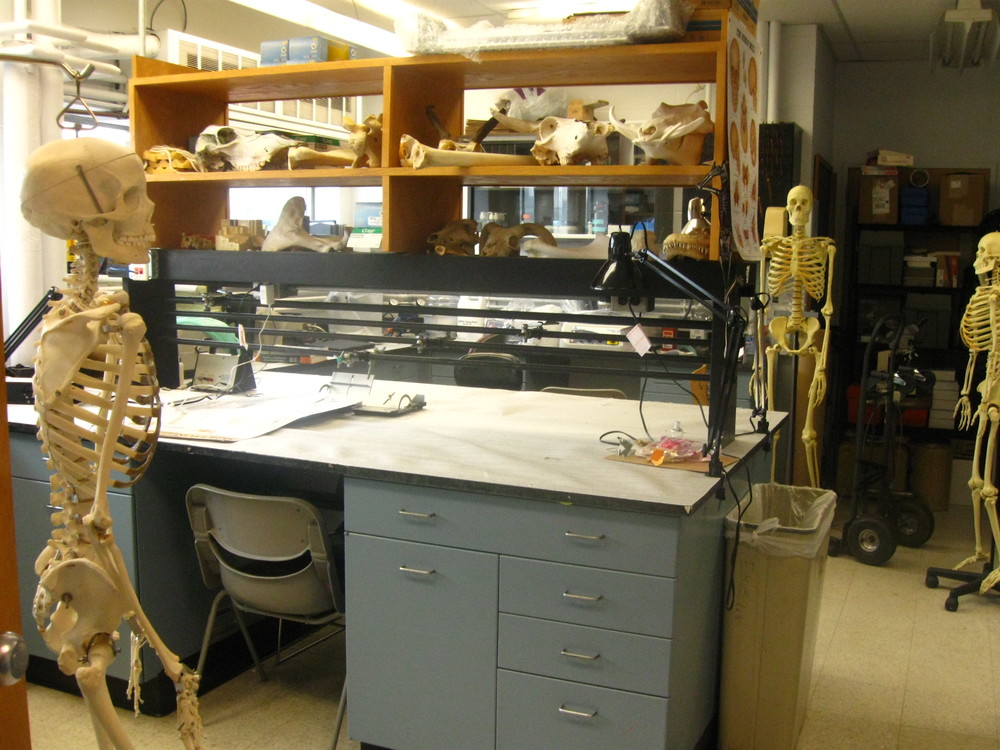

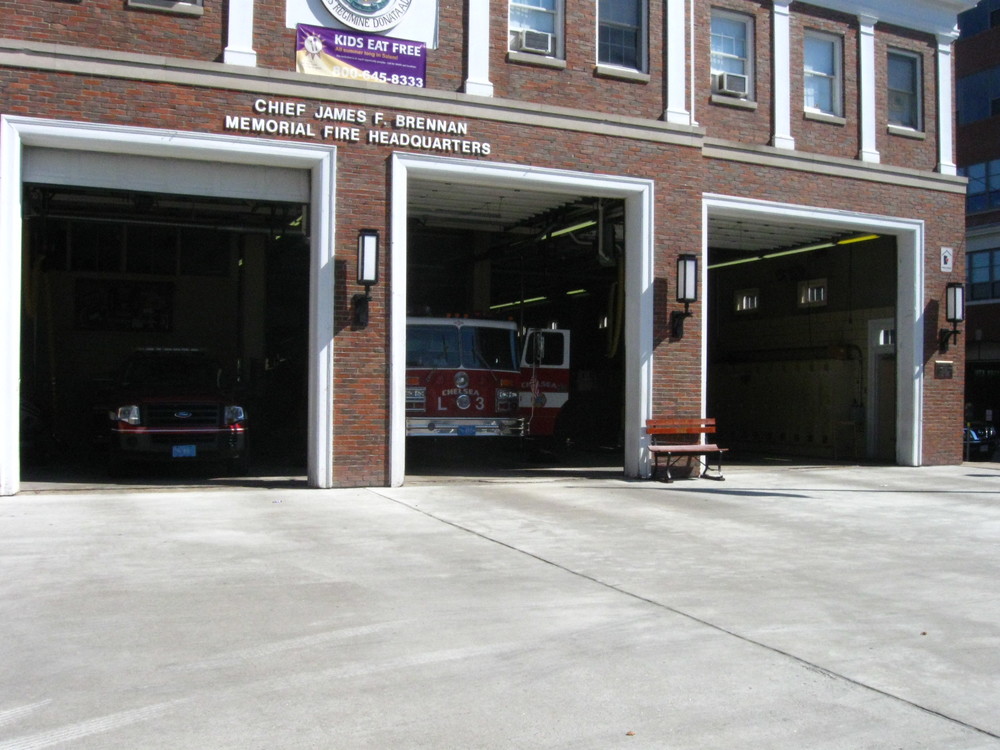









 87.5%
87.5%